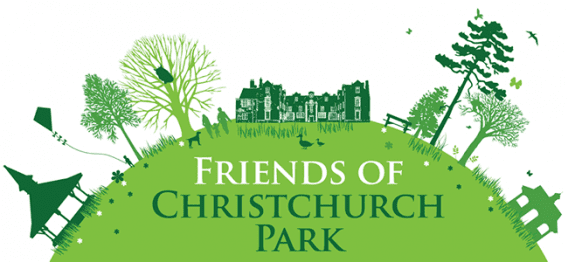I have just read a wonderful book that I received as a Christmas present – yes, it was in my stocking. Very chuffed with Santa! The book is entitled “Where Poppies Blow” written by John Lewis-Stempel. A section of this book beautifully describes the unique relationship between soldiers, most of them up to their necks in muck and bullets, and the birds and animals that ‘put up’ with war. I was astonished to read what hundreds of military men wrote about in particular the birds of the trenches and no-man’s land. I used to view with scepticism poems that spoke of skylarks trilling away amongst the mortar shells and machine guns. So many soldiers of varying rank wrote of the bird life and of how much nightingales, golden orioles, and larks meant to them. Many sent their recordings back to England for publication in newspapers and ornithological magazines. Many of these bird-watching soldiers are famous names – Buxton, Ticehurst, Collingwood-Ingram, JM Harrison, R Talbot Kelly and many more. One name that cropped up really rung a bell with me. Charles Raven was a ‘pure pagan’ until he converted to divinity in 1906 later becoming Canon of Liverpool. During the Great War he studied birds, particularly at Vimy where he loved the golden orioles. Raven wrote three books, the first of which was “In Praise of Birds”. It was published in 1925 and I was given a copy of this book in 1957 which I have to this day. What a coincidence that I should be made aware of this again in 2017, only 60 years later.
My comments in the last jottings about the state of the butterfly garden brought swift response. I was made aware that a generous donation has been given to upgrade this area with insect-friendly plants. This will be done in the spring which is good news since at the moment the butterfly garden looks sad. Yes, I realise that it is winter, that gardeners are scarce but work is in progress. Hopefully the garden in summer will be ‘buzzing’.
I was pleasantly surprised to see the current state of the Orchard which has a more cared-for look about it. Mind you, again it is winter and the grass is not exactly energised but obviously some work has been carried out. I do hope that IBC and the FoCP work together on its future upkeep. I just wonder though – is it a traditional orchard with mown grass or an orchard with wild flowers to encourage bugs? With care it could be a thing of beauty. I am, however, slightly confused by an article in the last FoCP newsletter regarding its surrounding hedges. I read that they will be cleared of the current brambles and ivy to encourage hedgerow nesting birds. Might I ask what birds? The number of songbirds has declined rapidly over the last 50 years. Our Park is controlled by jays, magpies, crows and grey squirrels plus cats, dogs, sparrowhawks, unwanted human activity, large gulls, muntjac, foxes and rats. Getting rid of these two plants, in my opinion, will have little effect on hedgerow nesting birds. One of my disappointments over the years has been the lack of nests to be found in hedgerows. Ivy and bramble will at least give cover to maybe dunnock, robin and wren.
A walk around the Reserve at Minsmere on New Year’s Eve was difficult as much of this area was flooded including some of the footpaths. However, the higher water level encouraged masses of duck that is until six Konic horses decided to stroll across the Scrape. Not only did this upset the birds on the Scrape but also the birders in the East Hide. Even so, on such a blustery grey day, 8 Marsh Harriers were seen over the Island Mere. The day before, however, 24 had been reported. I well remember the days when one would have been pleased to have seen just one Marsh Harrier!
